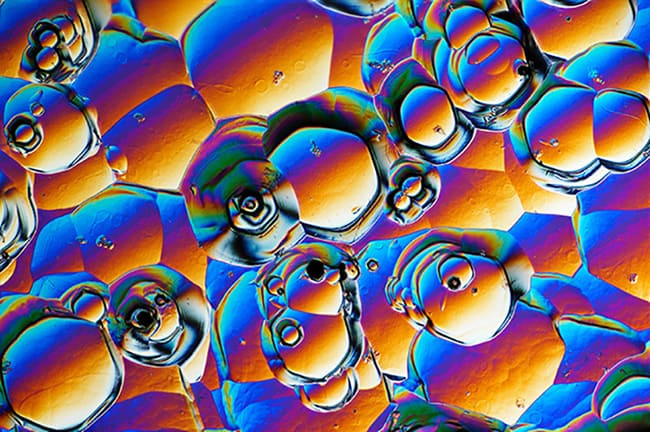The Gemological Institute of America in its Winter 2017 Issue of its journal GEMS & GEMOLOGY, under the regular feature LAB NOTES, covering the latest advances and findings from GIA laboratories, has published an article by the Institute’s staff gemologist Rebecca Tsang titled “Synthetic Moissanite Imitating Rough Diamond” in which she reveals that the Carlsbad laboratory had recently identified a synthetic moissanite stone that had been submitted to one of its laboratories for certification as a natural rough diamond.

The stone was a very light green, 9.71-ct, octahedral-shaped specimen with dimensions of 11.79 × 9.69 × 11.61 mm, having surface growth features and a bright vitreous to sub-adamantine luster resembling diamonds. However, closer examination of the stone’s habit and surface features, together with results of advanced gemological testing, revealed that the stone submitted was indeed a synthetic moissanite and not a natural diamond.
Among the inconsistencies first noted in the stone was its crystal habit, being a rectangular bipyramid with 10 faces, eight of which are triangular and two hexagonal side pinacoids on the girdle, instead of the eight triangular faces usually seen in an octahedral natural diamond crystal. However, the surface of the stones was dimpled, and two of the faces had deep striations resembling growth features in a rough diamond. Apart from this, irregular shaped and sub-hexagonal etch pits, along with some dark brown residue, were also found on the surface.

The uneven surface of the stone, made observation of internal features difficult and only some small scattered pinpoint inclusions and a few etch tubes were observed and photographed. The surface also made it difficult to see any doubling effect or a doubly refractive reaction in the polariscope. However, when viewed in plane-polarized light, a large twinning plane was observed crossing the crystal diagonally, which was bluish-green on one side and colorless on the other. The dichroism so observed was sufficient proof of the stone’s doubly refractive nature, not found in diamonds which are singly refractive.

Other lines of evidence that revealed the true identity of the stone include its refractive index which was in the range of 2.65 – 2.69, higher than that of diamond which is 2.42. The specific gravity is 3.23 g/cm3 conforming to created moissanite, which is less than that of diamond equal to 3.53 g/cm3,. The stone also shows a very weak yellow fluorescence in both long-wave and short-wave UV, which is rare in diamonds that usually show a bluish fluorescence. The crystalline structure has a single optical axis, characteristic of uniaxial minerals that crystallize in the hexagonal crystal system to which moissanite belongs.
The initial findings that the said stone was not a diamond but may be synthetic moissanite, based on physical, crystal and optical properties, was finally confirmed by advanced analysis making use of Fourier-transform infrared spectroscopy (FTIR) and Raman spectrometry which positively identified the specimen as synthetic moissanite.
The fact that the stone is synthetic moissanite is further confirmed by the size of the stone, having dimensions of 9 – 12 mm, which is not possible for natural moissanites, whose occurrence is extremely rare, and found only as tiny fragmented pieces, the largest specimen recorded, measuring only 4.1 mm and recovery of gem-quality natural moissanites never being reported, the fragmented pieces usually having a creamy white or red matrix.
